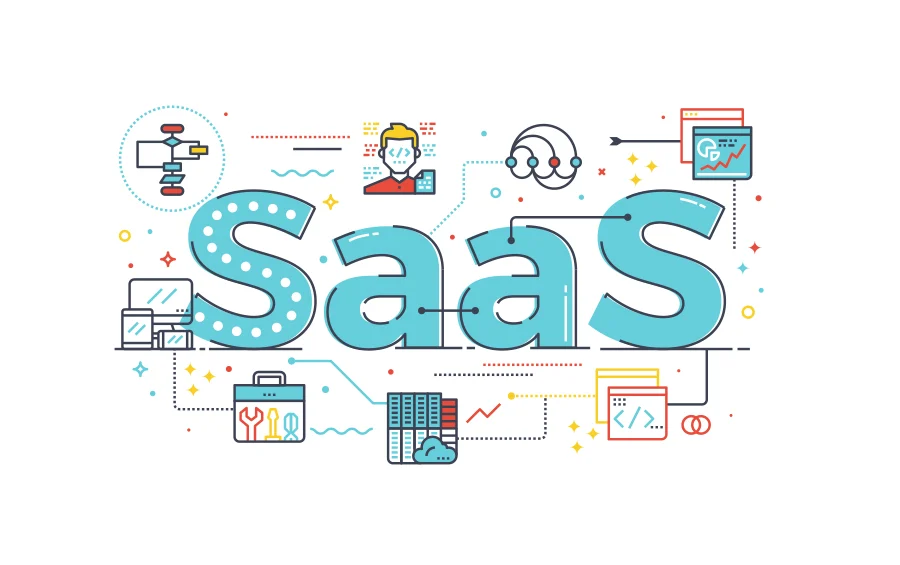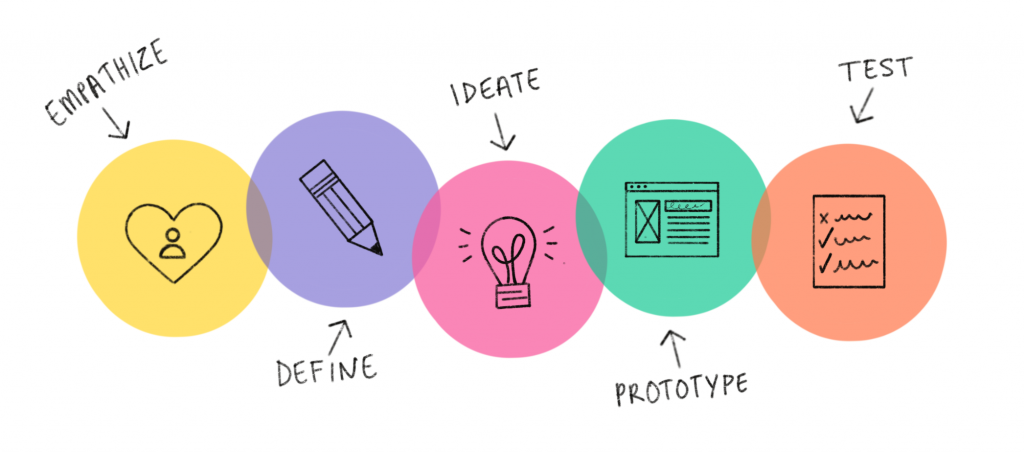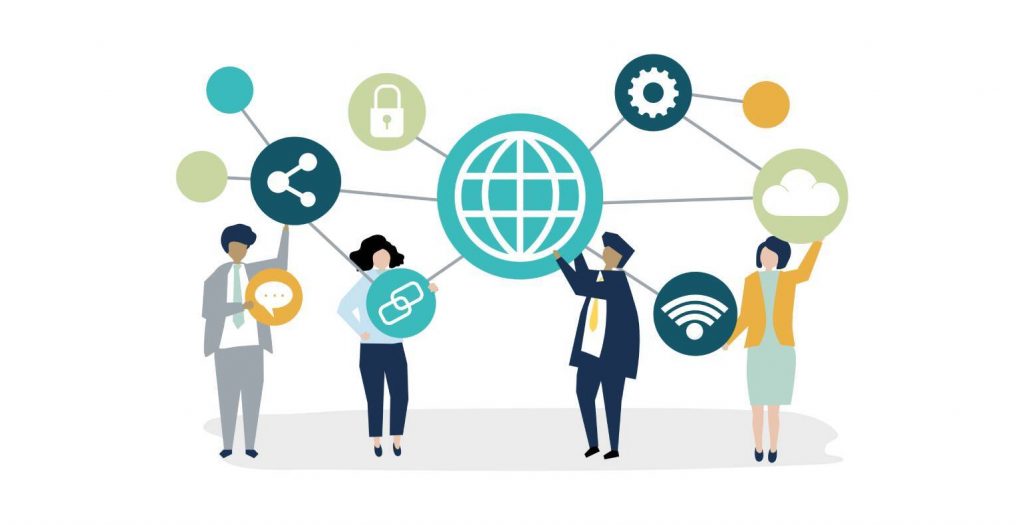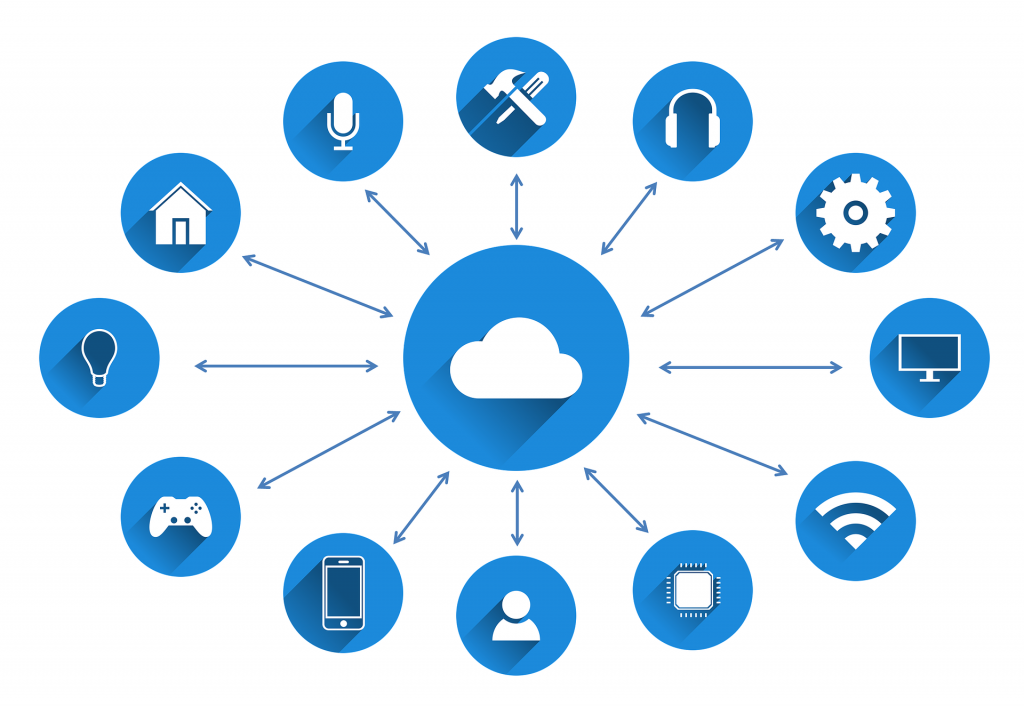
Do you use email a lot, do you work from your web browser with applications like Google Drive, Canva or Dropbox? If so, you use SaaS products in your day-to-day work almost without realizing it.
In fact, the term SaaS is something you hear more and more often, as it has been gaining popularity in recent years. So much so that you will find it impossible to conceive of your daily routine without these tools and applications. And yet, you probably don't know what the word refers to.
If you want to know more, be sure to read this article in which we tell you what SaaS is, how it works and some examples. Here we go!
What is Software as a Service (SaaS)?
Software as a service, also known as SaaS, is a cloud-based service accessed through a web browser. This means you don't have to install software on your computer or server.
Some of the advantages de los SaaS:
- Reduction of initial costs.
- Accessibility from anywhere.
- Automatic updates.
And its disadvantages:
- You need an Internet connection to access them.
- Many of these applications offer a multitude of features. You will pay for them, even though you will only use a small percentage of them.
- Some tools do not let you migrate data so you have to implement a parallel saving system.
- Eventually you may find that when you decide to cancel the use service of a SaaS application, you have difficulties to recover all the information uploaded during the period in which you were on the platform; It is important to find out this condition beforehand if you are going to use it for financial, customer, or inventory data processing.
Characteristics of Software as a Service
Although there are different types of SaaS solutions and each one has its own peculiarities, they share some common characteristics such as:
- Convenient access for any connected device (smartphone, tablet, laptop, computer). Thanks to this, users can access up-to-date data and information at all times, as they are synchronized in the cloud infrastructure on a recurring basis.
- They have an improved user experience and user interface. This makes the websites look simple and the browsing experience accessible.
- Social and collaborative functions. SaaS tools and applications facilitate spaces or areas that can be shared by several people and in which they collaborate in an efficient way.
- Pay per use or fee. Generally, you pay a monthly, quarterly or annual subscription. They also usually have reduced trial or freemium versions where the features of the tool are limited.

Some SaaS applications
There are many SaaS applications available on the market that cover most business needs. Some of the most popular are:
- Google Workspace: suite of cloud-based productivity applications that includes Gmail, Gmail, Meet, Drive, Docs, among others.
- Salesforce: customer relationship management (CRM) platform.
- Canva: an application that allows you to design professional visual materials without the need of having many graphic design skills.
- Notion: comprehensive cloud-based productivity and collaboration workspace tool.
- Slack: instant messaging application for companies.
- Zoom: remote videoconferencing tool.
- Dropbox: cloud storage and collaboration service that allows users to securely store and share files.
- Discord: an instant messaging and voice chat service used by gamers and communities of different themes.
- Zapier: workflow automation platform.
- Holded: business management software for SMEs and entrepreneurs that allows you to manage your accounting, invoicing, inventory, CRM, projects and HR from one place.
- Hubspot: is a sales and inbound marketing program that helps companies attract visitors, convert leads and close customers.
- Clinic Cloud: clinical and medical management software, which also includes financial management and marketing modules.
- Bonsai: an all-in-one financial and business management solution that makes it easier for freelancers, agencies and small businesses to manage their work more efficiently and expand their business.
- Workday: offers a cloud ERP suite covering financial management, human resource management and business planning.
As you can see, today, the use of SaaS tools has become an everyday occurrence for many individuals and companies, and is expected to continue to grow in popularity and relevance in the future.
And if you are one of those who do not want to depend on big technology companies, do not worry, because there is a convenient solution: find a software in SaaS mode that is specific to small companies in your business sector, which guarantees security in the cloud and the export of data when needed.
Does it sound good to have a system to manage your business finances, customers, employees, patients or inventories without spending a lot of money? Well, this is possible and we can help you with it. Contact us.











